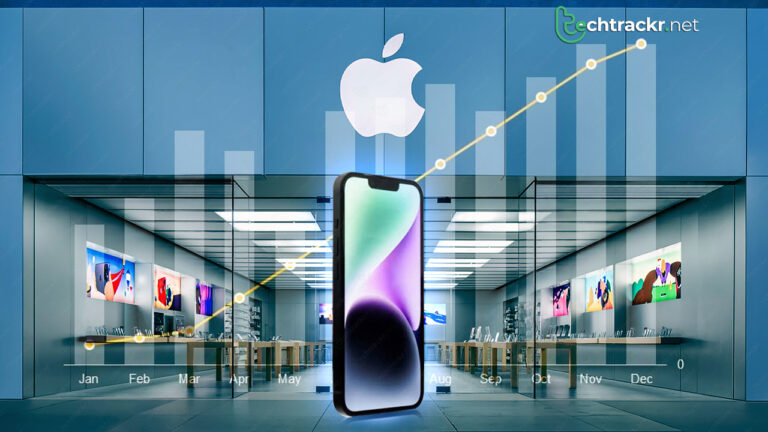
Last year brought a sales boost for top-tier smartphone makers, with Apple leading the pack once more in the premium handset market. However, 2023 had its share of surprises, and the challenges that are cropping up in 2024 might throw a wrench in Apple’s success. Even though Apple dominated the premium smartphone market, its market share took a hit in 2023 for various reasons.
Back in 2022, Apple dominated the premium smartphone scene with a whopping 75 percent global market share, leaving Samsung trailing at 16 percent. Fast forward to last year, Samsung made a slight gain, reaching 17 percent, while Apple dipped a bit but remained on top at 71 percent.
According to Counterpoint Research, Huawei and its Mate 60 lineup gave Apple a run for its money this year, snagging a 5 percent market share despite the Cupertino giant holding its ground in the category.
Looking ahead to 2024, TrendForce warns that Apple is gearing up for some fresh challenges, with Huawei’s comeback standing out as a major threat. The overall data indicates that devices priced at $600 or above captured a 24 percent market share in 2023, marking a whopping 300 percent growth since 2016.
Varun Mishra, a Senior Analyst at Counterpoint Research, suggests that consumers are willing to shell out more cash because they believe these higher-priced devices offer a longer useful life. Meanwhile, for some, upgrading to such handsets has turned into a status symbol.
“There has been a shift in consumer buying patterns in the smartphone market. Considering the importance a smartphone holds, consumers are willing to spend more to get a high-quality device that they can use for a longer period. Owning the latest and greatest flagships has also become a status symbol for many consumers, especially in emerging markets where they are jumping directly from the mid-price band to the premium band. Further, these devices are increasingly becoming more affordable due to promotion seasons and financing options,” Mishra said.
This gradual growth can be attributed to the ultra-premium smartphone market, where models priced at $1,000 or above make up 33 percent of global sales. These stats should be a wake-up call for phone manufacturers to start adding more features that set their products apart from the competition.
This year, Samsung is spicing things up by adding titanium to the Galaxy S24 Ultra, while Apple plans to amp up the iPhone 16 Pro and iPhone 16 Pro Max with larger displays. It’s shaping up to be an exciting year for the industry, and we’ll be keeping a close eye on it.
